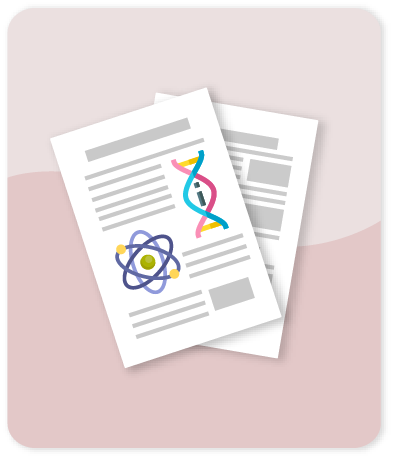Mechanism adsorption analysis during the removal of Cd2+ and Cu2+ onto cedar sawdust via experiment coupled with theoretical calculation: Mono- and multicomponent systems

Compartir este ítem
Fecha
2022Autor
Forgionny A
Acelas N.Y
Ocampo-Pérez R
Padilla-Ortega E
Pérez S
Flórez E.
Citación
Metadatos
Mostrar el registro completo del ítemResumen
In this work, a deeper comprehension of the adsorption phenomena for Cd2+ and Cu2+ occurring in mono- and multicomponent systems on an adsorbent material obtained from cedar sawdust was accomplished by using spectroscopic characterization, and computational tools. The adsorbents were prepared by a simple calcination process at 300, 400, and 500 °C or pyrolysis at 300 °C. The experimental results showed that the adsorption capacity of the CS-C-400 adsorbent is higher for Cd2+ (36 mg g−1) than Cu2+ (15 mg g−1) ions in monocomponent systems (50 mg of adsorbent, 50 mL of solution, pH = 5, 25 °C, 200 rpm, and 72 h). In contrast, the trend for the adsorption capacity was Cu2+ > Cd2+ in most of the concentrations for multicomponent systems, due to that Cu2+ showed greater antagonism to Cd2+ during the competitive adsorption (qCd2+ was 96 % reduced). Computational results correlated well with the experimental ones and evidenced the occurrence of complexation interactions between metal ions and the surface oxygenated functional groups (hydroxyl, carboxyl, ester, and ether) onto the adsorbent surface, as was also proposed through spectroscopy results. Computational and experimental results indicate that Cd2+ and Cu2+ adsorption on the adsorbent surface is governed by the occurrence of complexation, and π-cation interaction for both ions, while ionic exchange plays a significant role in Cd2+ adsorption. © 2022 Elsevier B.V.
Colecciones
- Indexados Scopus [1893]
